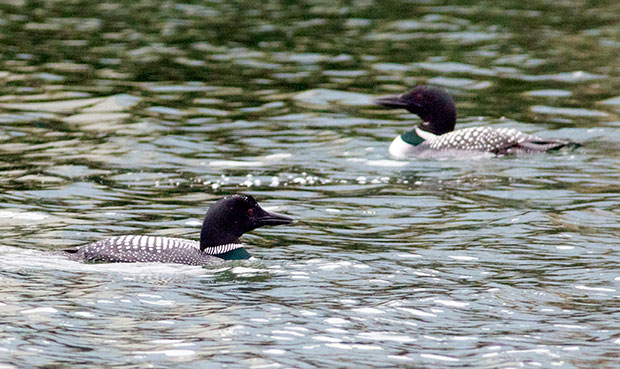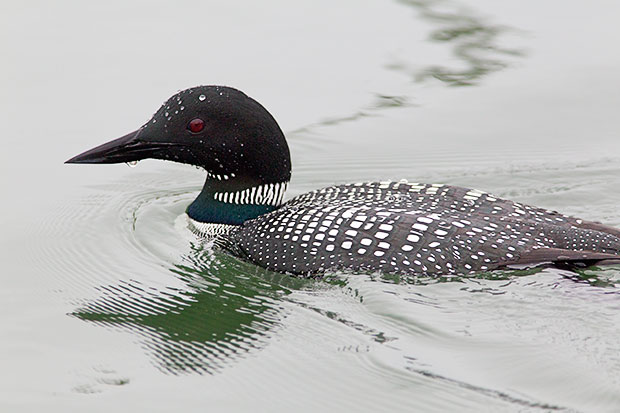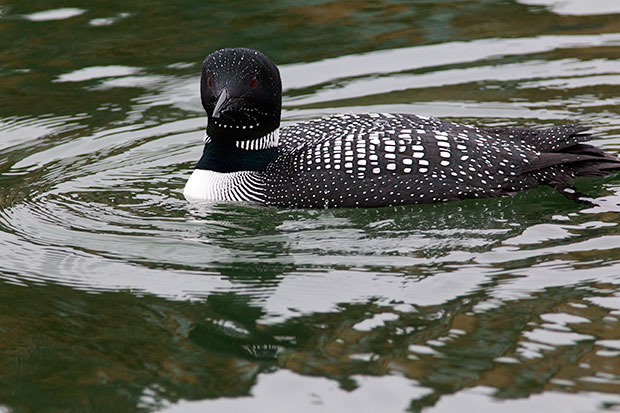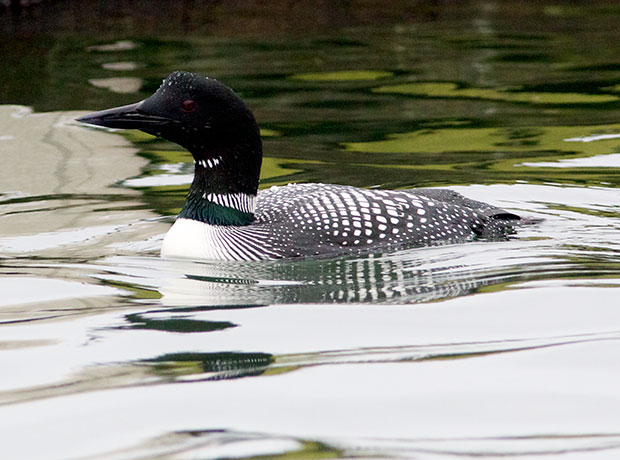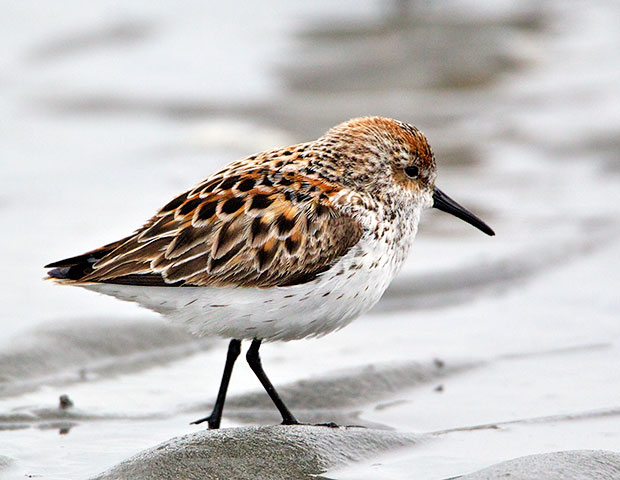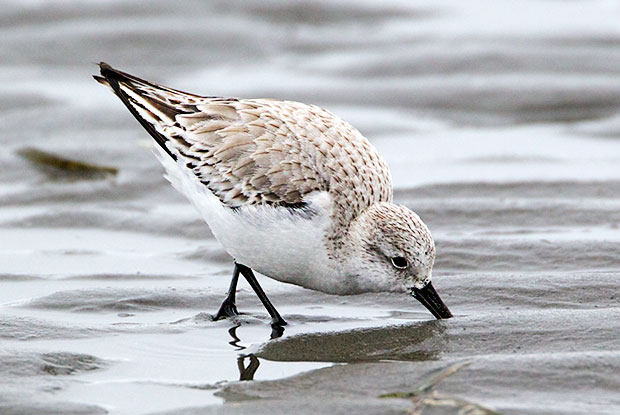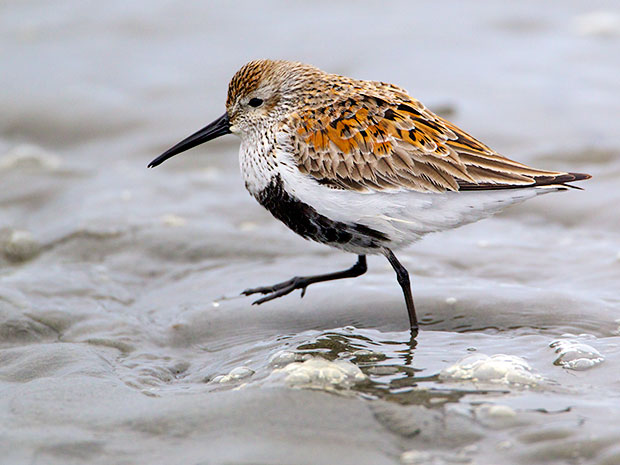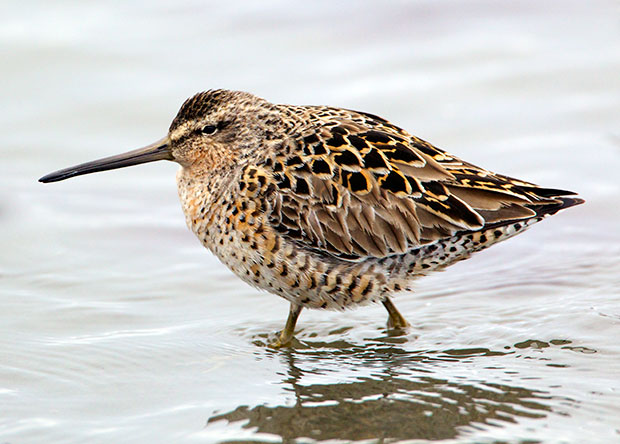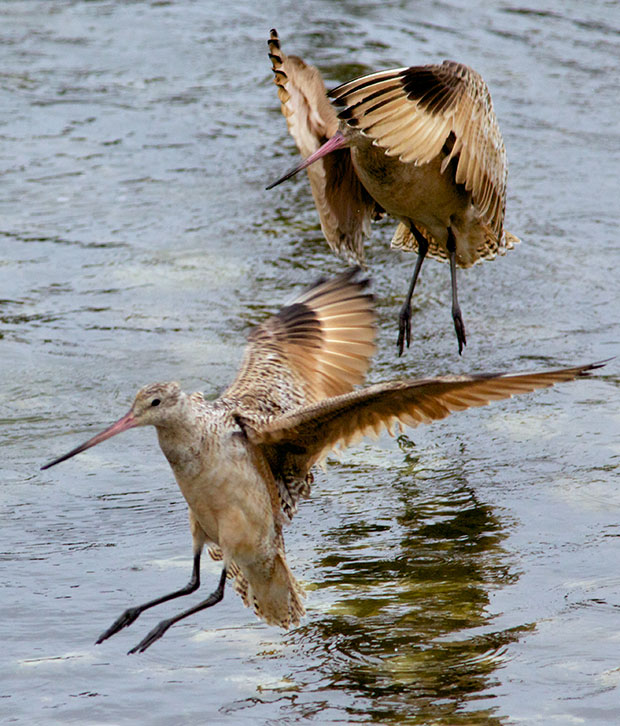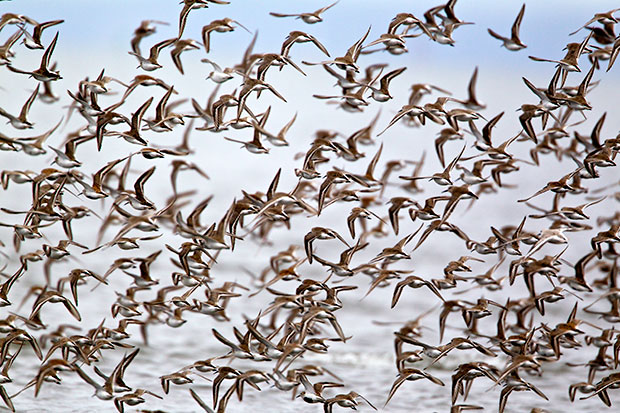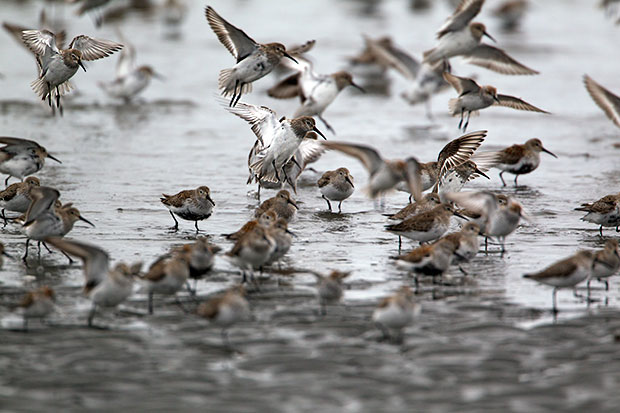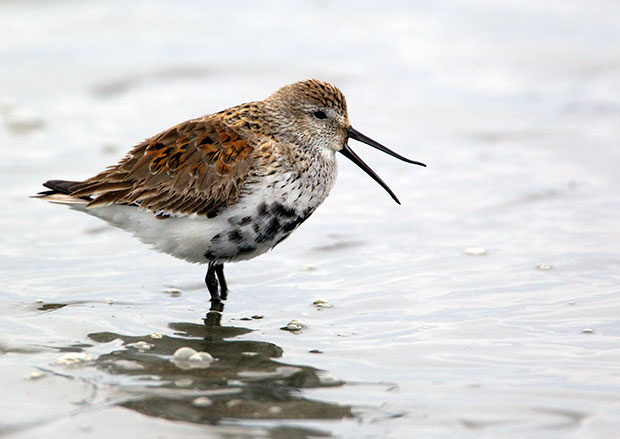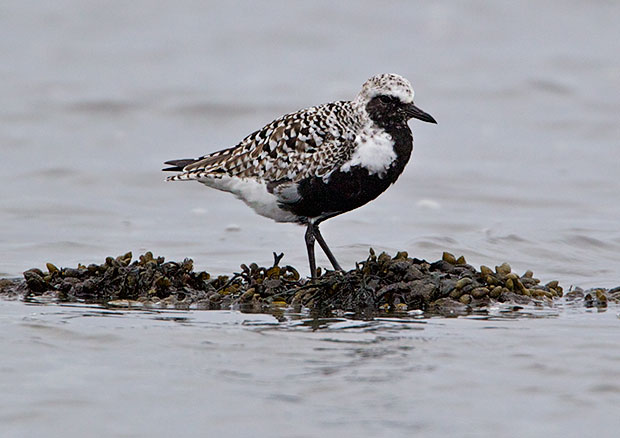On May 13th I was walking out on the Port Orchard pier when I met John walking back to his car. When we talked, he told me he was trying to get a picture of a Pigeon Guillemot. I was a little surprised that he hadn’t seen one there, because I’d seen several relatively close to the docks on earlier visits.
As it turned out, I got one of my best shots ever at the end of the dock because the afternoon sun provided ideal lighting.
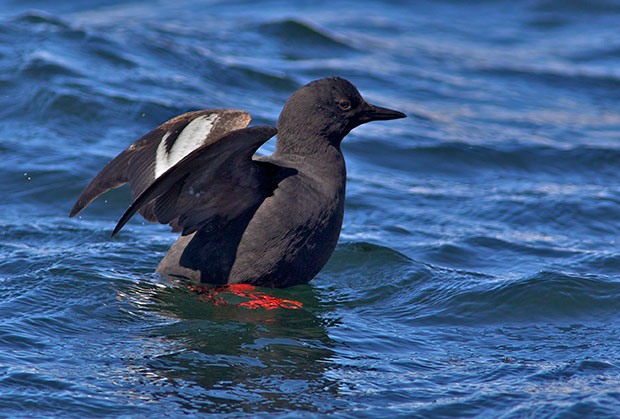
The hardest thing about shooting Pigeon Guillemot’s, like most other black and white birds, is not blowing out the whites as you attempt to adjust for the overall black color of the body. Shooting in RAW gives you a chance of saving some detail in the white, as it did here.
Unlike most Pigeon Guillemots which usually dive as soon as you start looking their way, this one hung around posing for quite a while.
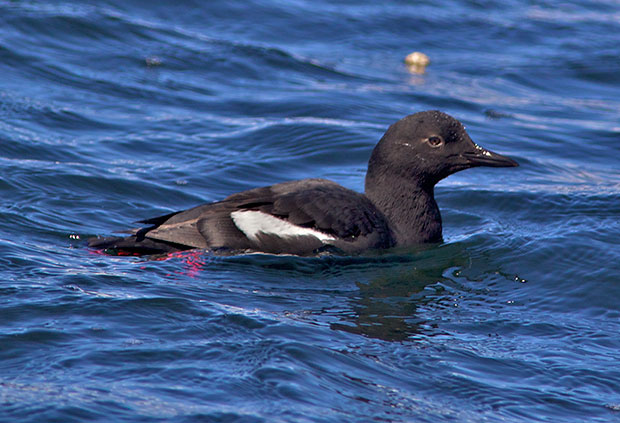
Two days later I was visiting the boathouse at Pt Defiance, and a Pigeon Guillemot appeared a few feet from the deck I was standing on. It was so close that at first I could not get it in focus. It wasn’t until he started swimming away that I managed to get some better shots.
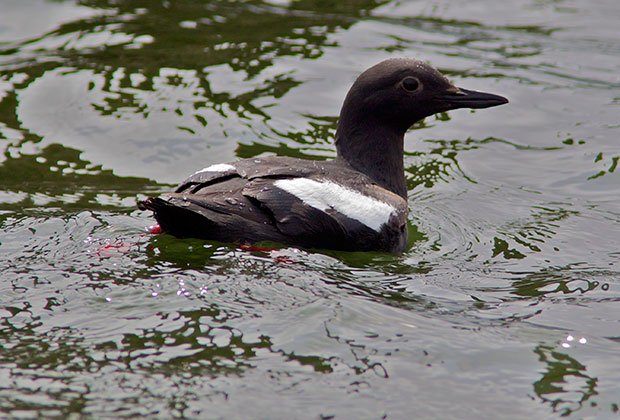
That was the first time in the seven years I’ve been going to the boathouse that I’ve seen a Pigeon Guillemot anywhere near the docks.
Strangely, exactly the same thing happened on my latest trip to Westport. As I was photographing loons, a Pigeon Guillemot suddenly emerged right off the end of the dock, mere feet away.
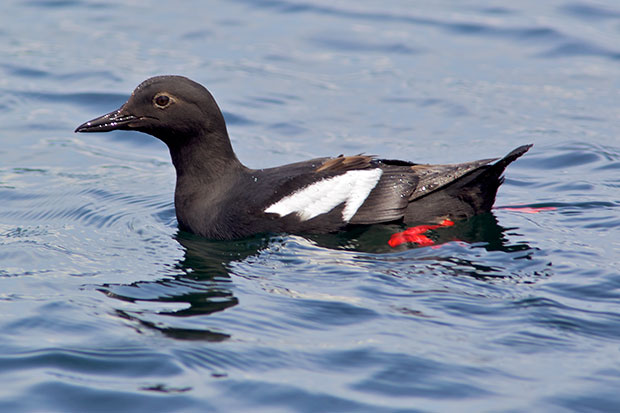
Of course, I’ve gotten some of my best shots of Pigeon Guillemots at Westport in previous years, so it wasn’t surprising to see one there, but it seemed strange to suddenly have so many show up so close in such a short time.

